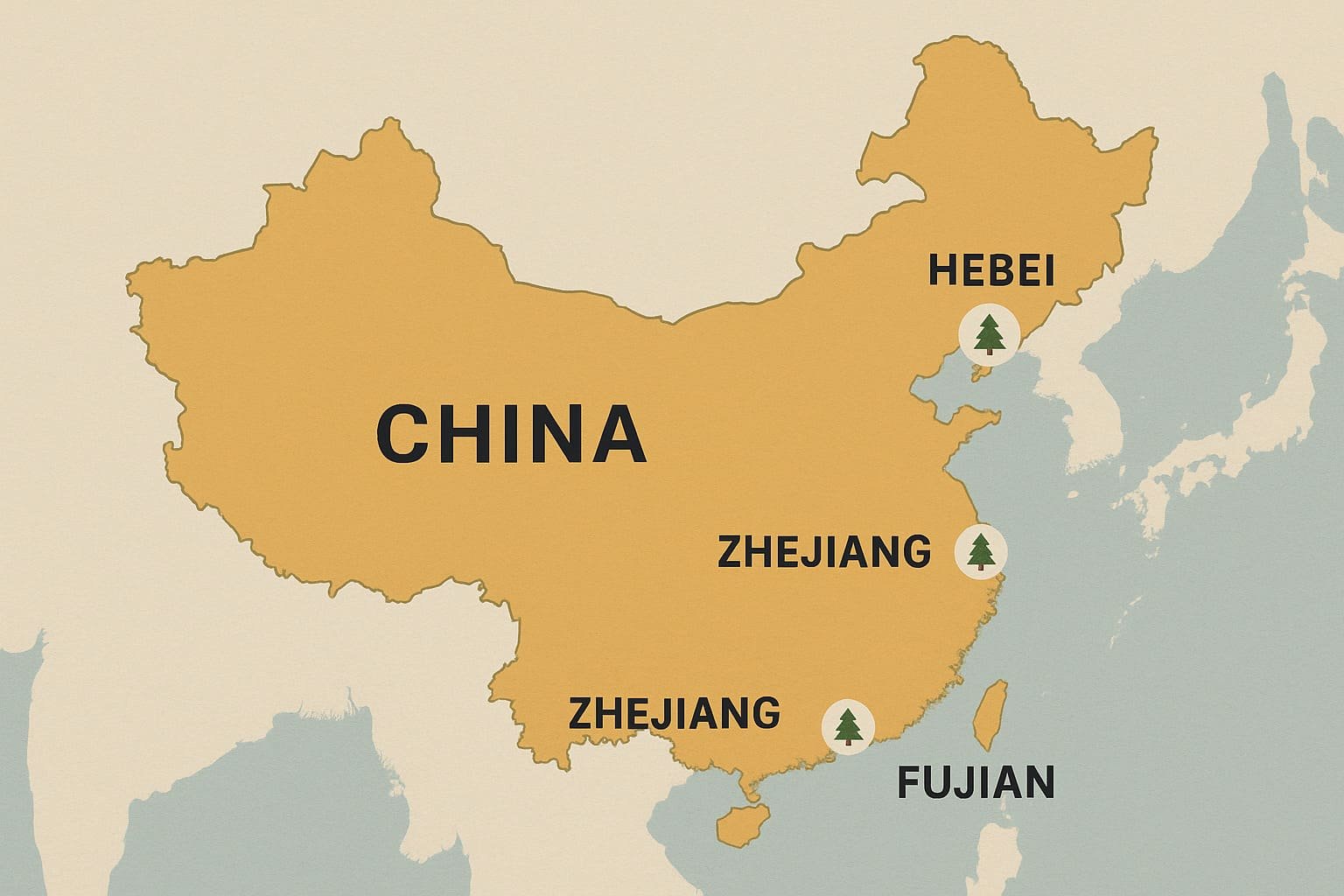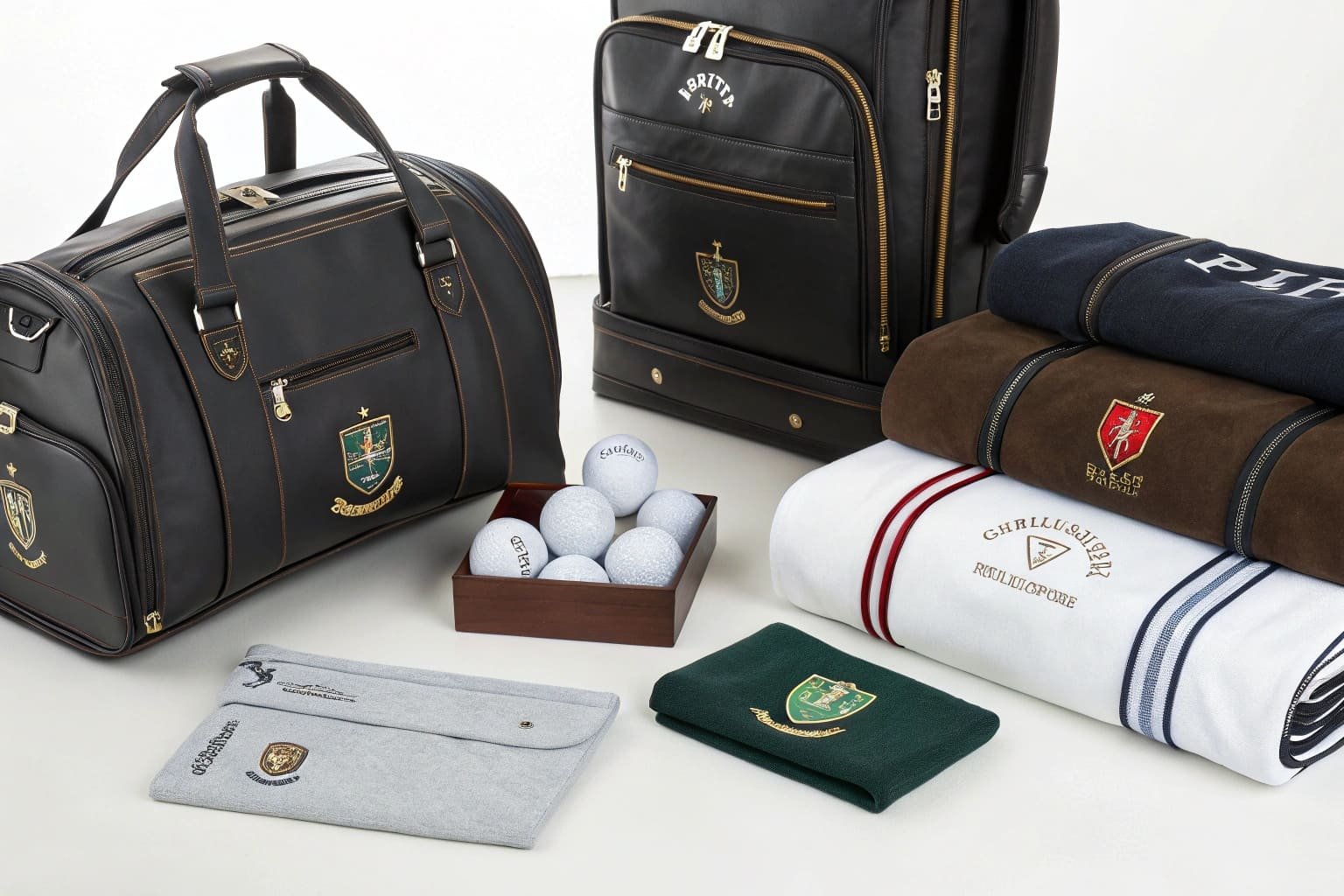
1, Testing standards for promotional items
The Acceptance Quality Level (AQL) standard, which stipulates the maximum percentage of defectives you allow the batch of products to have, is generally adopted for commodity inspection. There are different grades and levels of AQL requirements for various products. Usually, Grade III is the tightest one, Grade II the middle, and Grade I the least, which is also the most commonly used and applied for articles in promotional fields.
AQL levels range from 0.065 to 6.5. The larger the figure, the more defective products are allowed in the batch. For general promotional goods, the AQL value is usually set at Grade I, Level 2.5, which means that the acceptance level for key defects is zero, for the major defects 2.5, and for minor defects 4.0.
Take stainless steel thermos cups for example. Its functional defects, such as leakage, are regarded as key defects. And its major defects usually include obvious scratches, or damages on the surface, which cannot be removed but do not affect its performance, while its minor defects include stains, which can be wiped off.
It may be a little confusing for a layman in quality control when dealing with AQL. Don’t worry. Just take promotional items as consumer goods, and tell your inspectors what your product is, for example, T-shirts, mobile phone accessories, mugs, and so on. They will give you an AQL inspection standard for it, usually AQL Level 2.5. Then, you only need to look at the inspection report that they provide, and find out the defects from this sampling of the production batch, the quality of these defects, and, most importantly, the conclusion they make for this batch, passed or not.
As you have AQL as benchmark practice for the inspection of promotional items outsourced from China, then who will do the inspection job for you when you are not in China?
As an experienced trader, we will take the pleasure of introducing some kinds of inspection sources you may employ for your business. Some of them will cost a bit, some will save you a little, and some even don’t need your money. Let’s get started!

2, Hiring a Third-Party Firm to inspect
A third-party inspection firm is the most adopted source for outsourcing, letting the professionals do the checking jobs for you.
Usually, an inspection firm has a lot of full-time QC staff. And some large ones even have offices or branches in some major export provinces along the coast of China, such as Guangdong, Zhejiang, and Jiangsu provinces, just in order to respond promptly to customers’ inspection requirements with their local QC personnel.
Besides, the inspection report that they issue looks quite professional. With its size or functional data they measure, the defect they detect, and pictures they attach, you can have a proximate knowledge of what you will be finally getting after the batch is shipped.
You can also ask the inspectors to take some photos or videos at the site, such as the workshop, warehouse, and production lines. Generally speaking, they are willing to provide and please you with this free service.
In addition to size measurement, they can also perform tests or checks with their sophisticated inspection instruments, such as checks on product appearance, weight, hardness, surface treatment, etc. This explains what makes their reports look professional.
However, hiring someone professional may cost you a bit. Generally speaking, the costs are determined by the size of the batch and the inspection requirement. It will cost you at least $300 each time. If the batch size is large, or the inspection process is complicated, such as electronic products, the cost will go up. However, $800 is the utmost you can expect.
Note that a third-party inspector cannot conduct some tests required by CE, RoHS, FDA, or LFGB for electronic products, or food utensils. However, you can turn to an acknowledged laboratory for such tests for chemical compositions, mechanical properties, or heavy metals on the banned list.
Of course, some large inspection firms may have their own laboratories or collaborate with some accredited laboratories, such as SGS. You can ask them to do it together for you. Just send them the test requirements and ask for the most favorable prices.
But what if we are a startup, with every order amount as small as $2,000? The inspection cost of $300 will be a lot for each shipment. Is there any other way to do it for our limited budgets?
Hmm. . . I have to say your concerns are reasonable as the cost is a critical factor to consider. I would suggest the following inspection tips without costing much.

3, Internal Inspection from Trader QC
Due to the variety of promotional items and the long-term service with the customers, professional trading companies usually have full-time members for quality control. They will conduct a final inspection before delivery. And this internal service is free of charge.
Please be noted that I am talking about the right exporters with QC personnel. Suppose your trial order is small in quantity, the chance is that large suppliers will have little interest in you and little attention will be paid by their quality control personnel. Of course, not all large suppliers work like this. But this is something we should look out for in the case of small orders or startup businesses.
Common-scaled and experienced suppliers in promotional fields have their advantages over large ones. They value every order opportunity they can get, small or big. In this way, in order to survive in the market. You can rely on prompt communication with them over quality control issues. Frankly, our firm Plentmax is one of these kinds, and every member of our team strives to satisfy our customers with our experience and meticulous work in both quality control and customer service.
Take Eric for example, who is a full-time inspector in our firm. To be honest, when this guy first joined in, we were really worried that he would keep it and quit, as inspection is painstaking and independent work, and always being away from home on trips. However, he persists and enjoys his work as an inspector for nearly seven years. And he sometimes will share with us the simple things that make him happy on the trips back and forth.
As a team, Eric inspects the finished products on the spot to ensure that we deliver what we agree with our customers, regardless of the order amount, even if it is $500 or less.

4, Looking for individual inspectors from platforms
Costs for individual inspectors from platforms are typically lower than those of inspection firms, around 70% of the latter. For example, if an inspection firm charges you $300, a freelance inspector will charge only $200.
As some of them were trained in the trading firms, or inspection companies they used to work for, their inspection reports look pretty nice for what you pay for. Although their service may not be a match to those of an inspection firm, they are sufficient for inspection requirements for small businesses. With corresponding photos and videos taken from the sites, they can also be of some help with your supplier survey in order to win your future orders. Just ask them to do whatever you wish.
You can get access to individual inspectors through outsourcing platforms such as Upwork or Fiverr, or some commonly used SNS platforms like YouTube, Twitter, and Facebook. Just type in keywords like “inspection in China” or “Chinese goods inspector“, and search to find inspection people registered on the platform.
You can first contact them by email or phone as their English is pretty good. Before concluding your deal with them, remember to take a careful look into what other users say about their service, as there are some risks with this mode of inspection when the inspectors work from a personal aspect, not endorsed by any corporate entity. And always turn to reputable platforms for your search.

5, Tips for Quality Control: Samples Approval
In fact, I have written many times about the importance of sample approval in the process of quality control. So, examine carefully the samples you receive. If the sample appears inconsistent with what you have previously agreed with the suppliers, just ask them to stop the production and suspend the delivery until you give them the green light. If possible, send a QC right away to the factory to figure out the situation and the root causes, even if it may cost you a little money.
There are many kinds of samples involved in the process, such as quality samples, trial samples, pre-production samples, final samples, and so on. Among them, the most important ones include trial samples and final samples. The trial sample tells something about its production capacity, while the final sample shows what you get for this batch of products.
Please click the following links for more of my previous articles about samples:
6, Conclusion
Besides samples, there are also some other ways to learn the supplier’s performance on quality control. For example, ask them questions like: have they cooperated with well-known customers before? Are their main products classified in the middle and high-end categories? You can also ask them to provide some videos about their in-house environment and production workshop to get to know more about what they are really capable of.
Every buyer hopes that the outsourcing promotional items he buys are good in quality, and it is important to inspect them prior to delivery. After all, quality speaks for itself in every business.
I hope this article of mine can help you. I have been engaged in the exporting business for 16 years. In recent years, I have been writing blogs and sharing them with overseas buyers in the promotional product field.
Of course, if you have any questions about promotional items, you can contact us at sales@plentmax.com, I am happy to share my expertise.









